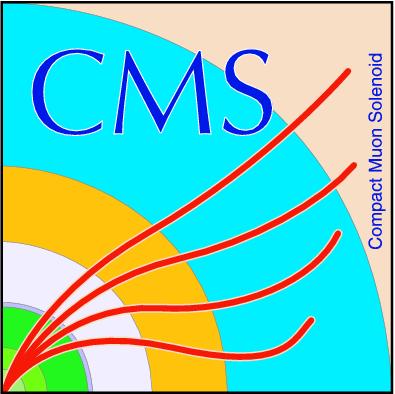

Compact Muon Solenoid
LHC, CERN
| CMS-PAS-B2G-24-001 | ||
| Search for a new scalar resonance decaying to a Higgs boson and a new scalar with two bottom quarks and two photons in the final state in proton-proton collisions at $ \sqrt{s}= $ 13 TeV | ||
| CMS Collaboration | ||
| 6 April 2025 | ||
| Abstract: A search for a new scalar resonance, X, decaying to a standard model Higgs boson and a new scalar particle, Y, is presented. The Higgs boson further decays to a pair of b quarks, while the Y particle decays to a pair of photons. The search is performed in the mass range 240-1000 GeV for the resonance X, and in the mass range 70-800 GeV for the particle Y, using proton-proton collision data collected by the CMS experiment at $ \sqrt{s}= $ 13 TeV, corresponding to an integrated luminosity of 132 fb$ ^{-1} $. Observed (expected) upper limits on the product of the production cross section and the relevant branching fraction at the 95% confidence level are extracted for the $ \text{X}\to\text{Y}\text{H} $ process, and are found to be within the range of 0.05 $ -2.69\,(0.08-1.94) $ fb depending on $ m_\text{X} $. The most significant deviation from the background-only hypothesis is observed for X and Y masses of 300 and 77 GeV, respectively, with a local (global) significance of 3.33 $ \,(0.65) $ standard deviations. | ||
|
Links:
CDS record (PDF) ;
CADI line (restricted) ;
These preliminary results are superseded in this paper, Submitted to JHEP. The superseded preliminary plots can be found here. |
||

|
Compact Muon Solenoid LHC, CERN |

|
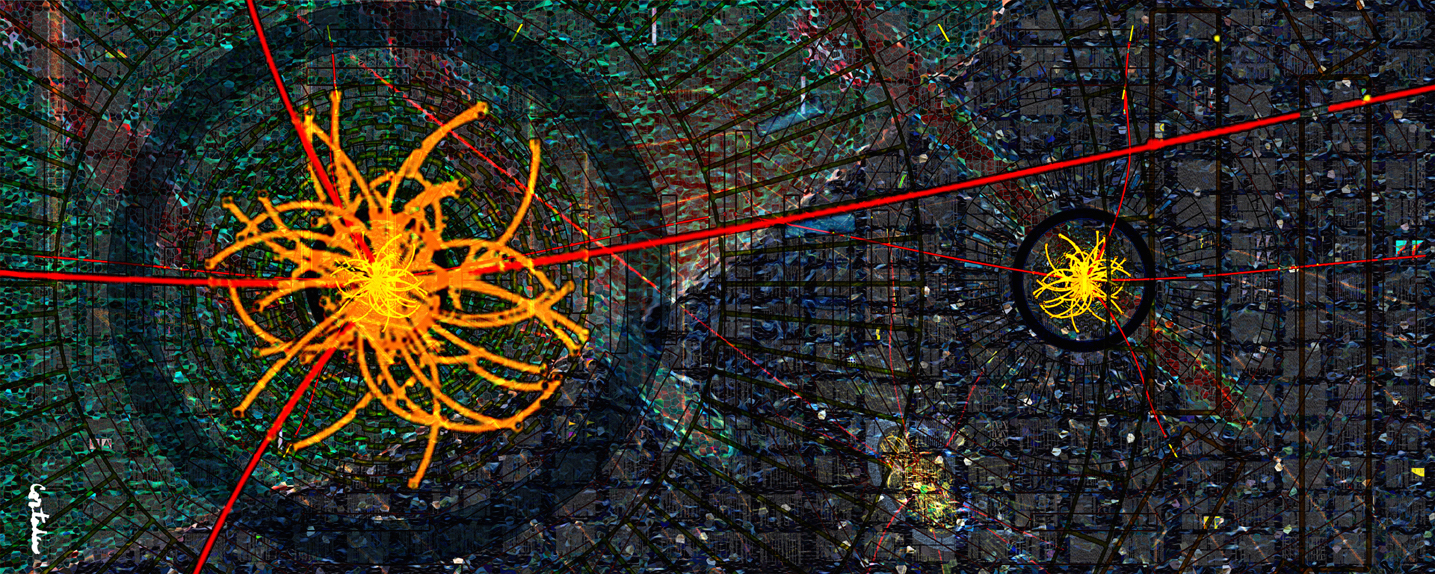
|
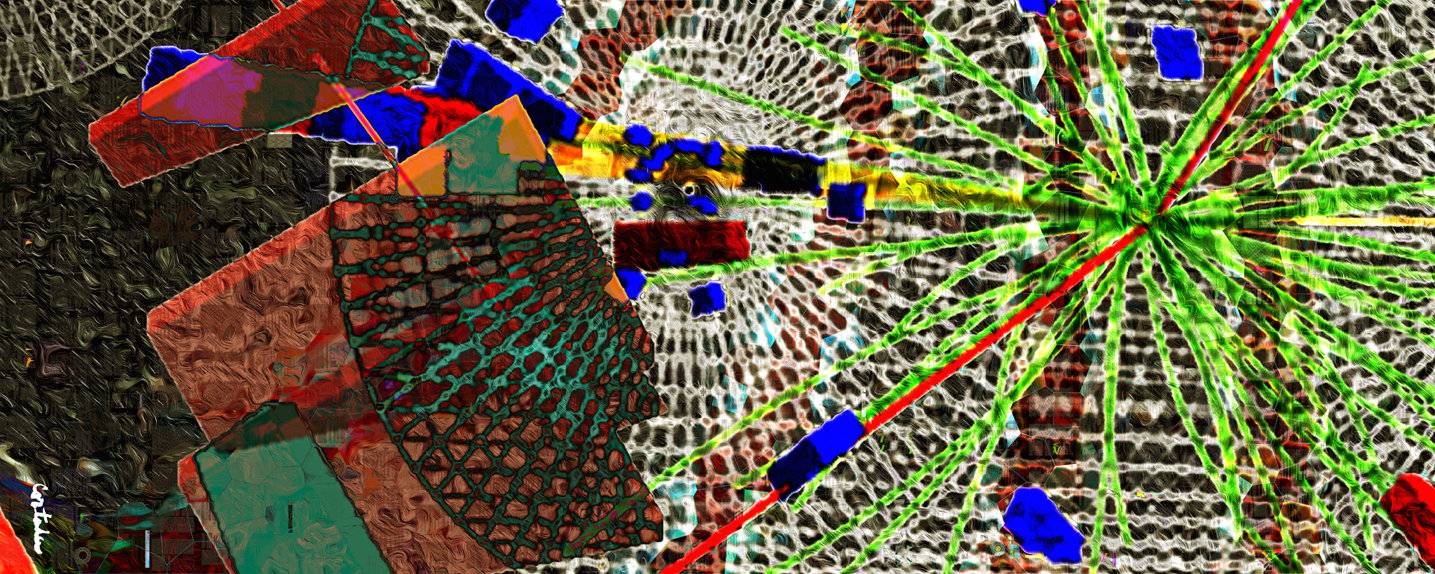
|
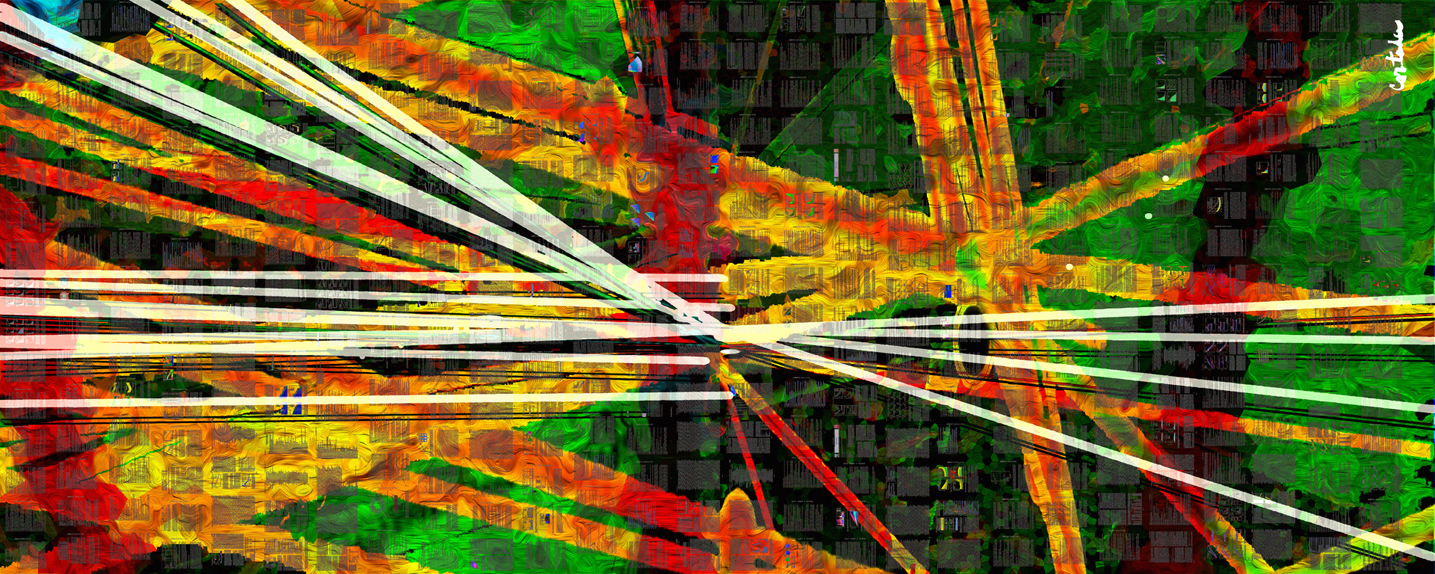
|
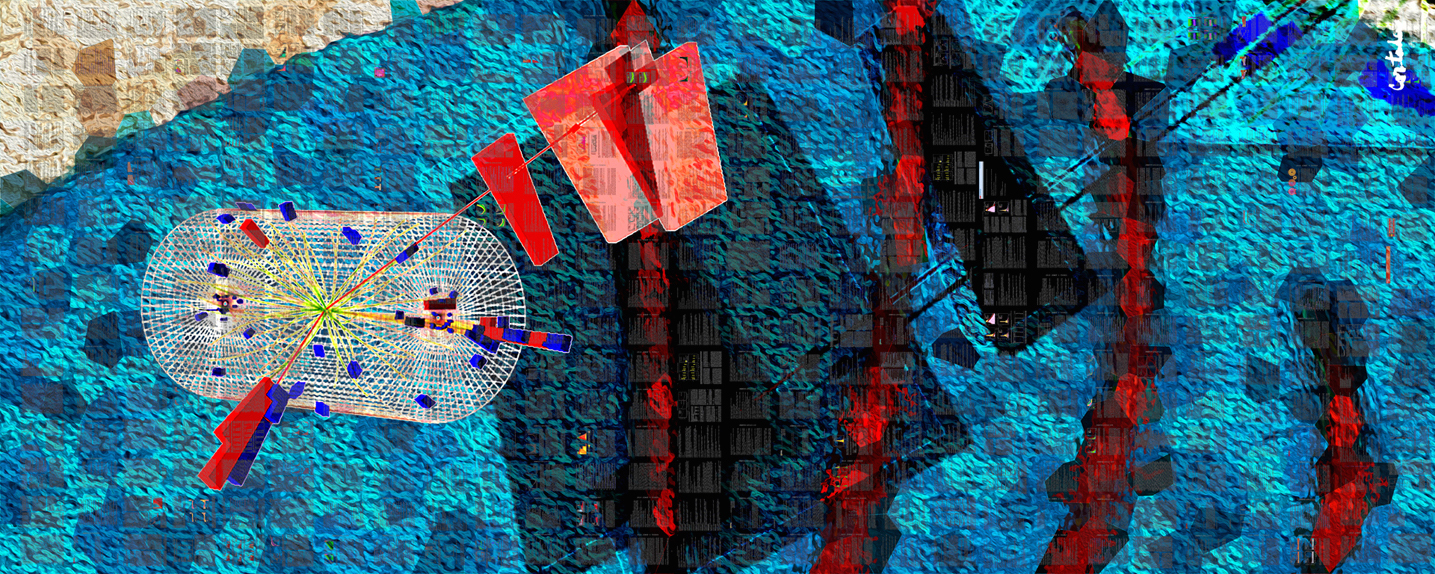
|
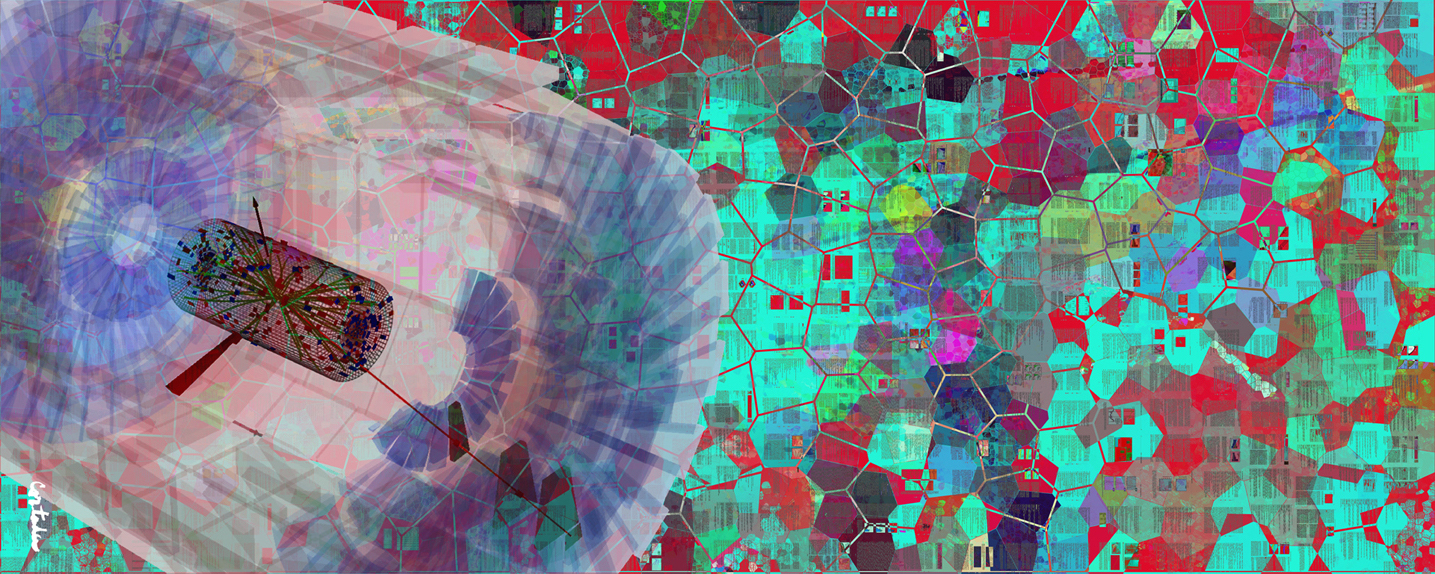
|